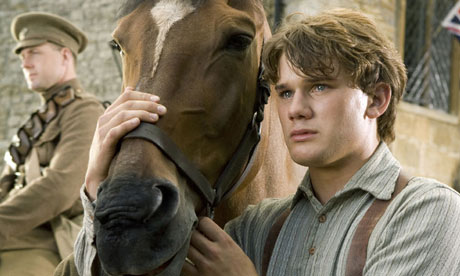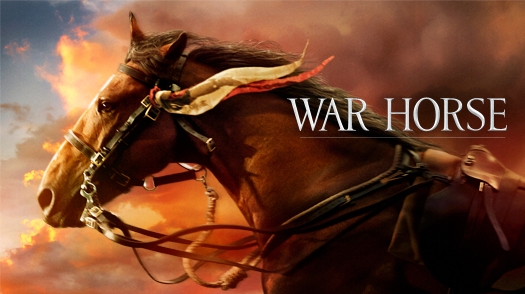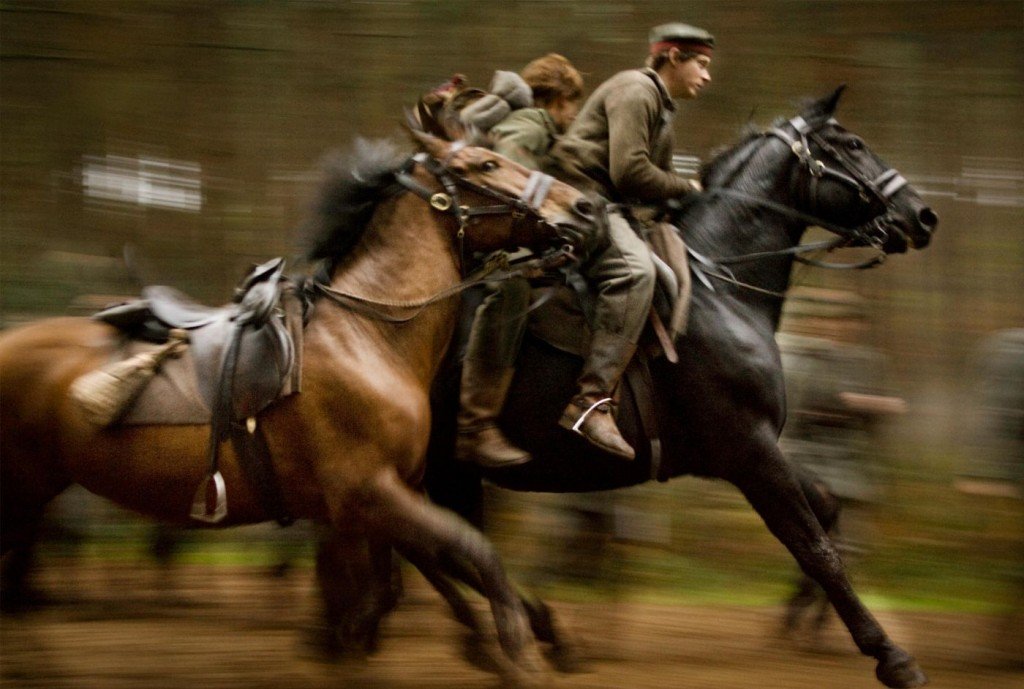War Horse Pictures Biography
Source(Google.com)
Spending 1,100 hours over a four-month period safeguarding hundreds of horses in the production of Steven Spielberg’s War Horse was an intense assignment. But Barbara Carr, the American Humane Association Certified Animal Safety Representative™ who monitored the animal action in the film, wouldn’t trade it for the world.
Crossing Paths With Horses and History
“Working with Steven Spielberg on this monumental movie is a high point in my life,” she said. “The subject matter has deep meaning to all of us at American Humane Association, and helps to inform the world of the contribution of the horses in World War I and the establishment of our Red Star™ Animal Emergency Services program at that time.”
The film tells the story of Joey, a horse who serves on the battlefields of Europe during World War I, and American Humane Association’s Red Star program was created during the war, at the request of the U.S. government, to act as a Red Cross for horses like Joey and other animals in the military. An estimated 5 million horses were used on the battlefield and behind the lines in World War I, and many of them were seriously injured or died.
Every animal on the set of War Horse, however, made it through their “war” safe and sound. The production complied with our rigorous guidelines to ensure the safety of the animals, and War Horse earned American Humane Association’s highest certification rating, Monitored: Outstanding – “No Animals Were Harmed.”®
Basic Training
Our role looking out for the horses began long before the cameras started rolling. For a month prior to the start of filming, Carr was there to monitor the safety of the horses as they were trained to play the hero roles.
“The hero horses of each character had to be trained to do similar actions, and the actions required of each horse had to be trained in very safe ways,” Carr said. “I monitored the training to ensure that care was taken in training each action in small stages, so that the horses would understand what was required. For example, horses had to be trained to pull plows and perform specific actions wearing harnesses covered with fake barbed wire.”
“[Horse master] Bobby Lovgren and his team literally performed miracles with the horses on this film,” said Director Steven Spielberg. “The thing I emphasized from the outset was that the horses had to be safe. I love horses and I didn’t want them to ever be in harm’s way. Bobby did that. Another essential person was Barbara Carr, the American Humane representative, who was there for every single shot. I gave her full power to pull the plug if she ever felt any of the horses were not up to the challenges or if she thought they could be injured in any way. I wanted her to be part of all the action and stunts the horses perform, to watch the rehearsals where we moved in slow motion one step at a time, and to say ‘I think this is safe’ or not. It was a vital collaboration between me, Bobby and Barbara.”
Painting a Picture of Safety
As you watch War Horse, you may wonder how the realistic battle scenes were accomplished without harming or stressing the animals. One way of minimizing stress was by “job sharing.” Multiple horses played the role of Joey and his friend, Topthorn. Non-toxic paint made the doubles’ markings look identical so they could be used interchangeably and kept well-rested.
“Steven had the entire set quiet,” said Carr. “No movement. He made everyone so aware of what was going on with the animals so that they were never put in any stress at all. Andyet, it was so emotional, the whole crew was crying.”
While nearly all of the scenes in “War Horse” are shot with living, breathing horses, Spielberg did commandeer an animatronic horse for portions of the sequence in No Man’s Land, after Joey is tangled in thorns of barbed wire, often a tragic ending for horses in World War I. Special effects supervisor Neil Corbould built a breathtakingly real, full-size Joey for the scene. “He was fully animatronic and sitting on his knees. We dug a 1.5-meter hole, and we had four or five puppeteers basically buried beneath the ground, operating the horse,” explains Corbould.
However, for the close-up of Joey’s face in that scene, Spielberg brought in Finder — the real horse who starred as Joey — to get to the depth of Joey’s innermost feelings. Toby Kebbell, who plays the British soldier who helps to free Joey, recalls: “The animatronic horse was so realistic. It had the ability to blow air from the flair of its nose and to jolt its head!”
“Production eagerly did everything they could to comply with my requests,” Carr said. “They were sincere in their desire to make the best and safest movie for the horses. Steven told me that, before a shot, he would look at me and make sure I was OK with the scene. And then he knew he could begin filming, knowing I had everything under control.”
A Lasting Impression
After War Horse completed filming, Carr went on to her next assignment in the U.K., on another film that involved many of the same crew.
“We all talked about War Horse and how much we loved working on the movie,” she said. “It touched us all deeply. On a very person level, I found Steven Spielberg to be a true gentleman and wonderful to work with. He is truly a genius!”
War Horse Pictures Images Wallpapers Photos 2013

War Horse Pictures Images Wallpapers Photos 2013

War Horse Pictures Images Wallpapers Photos 2013

War Horse Pictures Images Wallpapers Photos 2013

War Horse Pictures Images Wallpapers Photos 2013
War Horse Pictures Images Wallpapers Photos 2013

War Horse Pictures Images Wallpapers Photos 2013

War Horse Pictures Images Wallpapers Photos 2013

War Horse Pictures Images Wallpapers Photos 2013

War Horse Pictures Images Wallpapers Photos 2013

War Horse Pictures Images Wallpapers Photos 2013

No comments:
Post a Comment